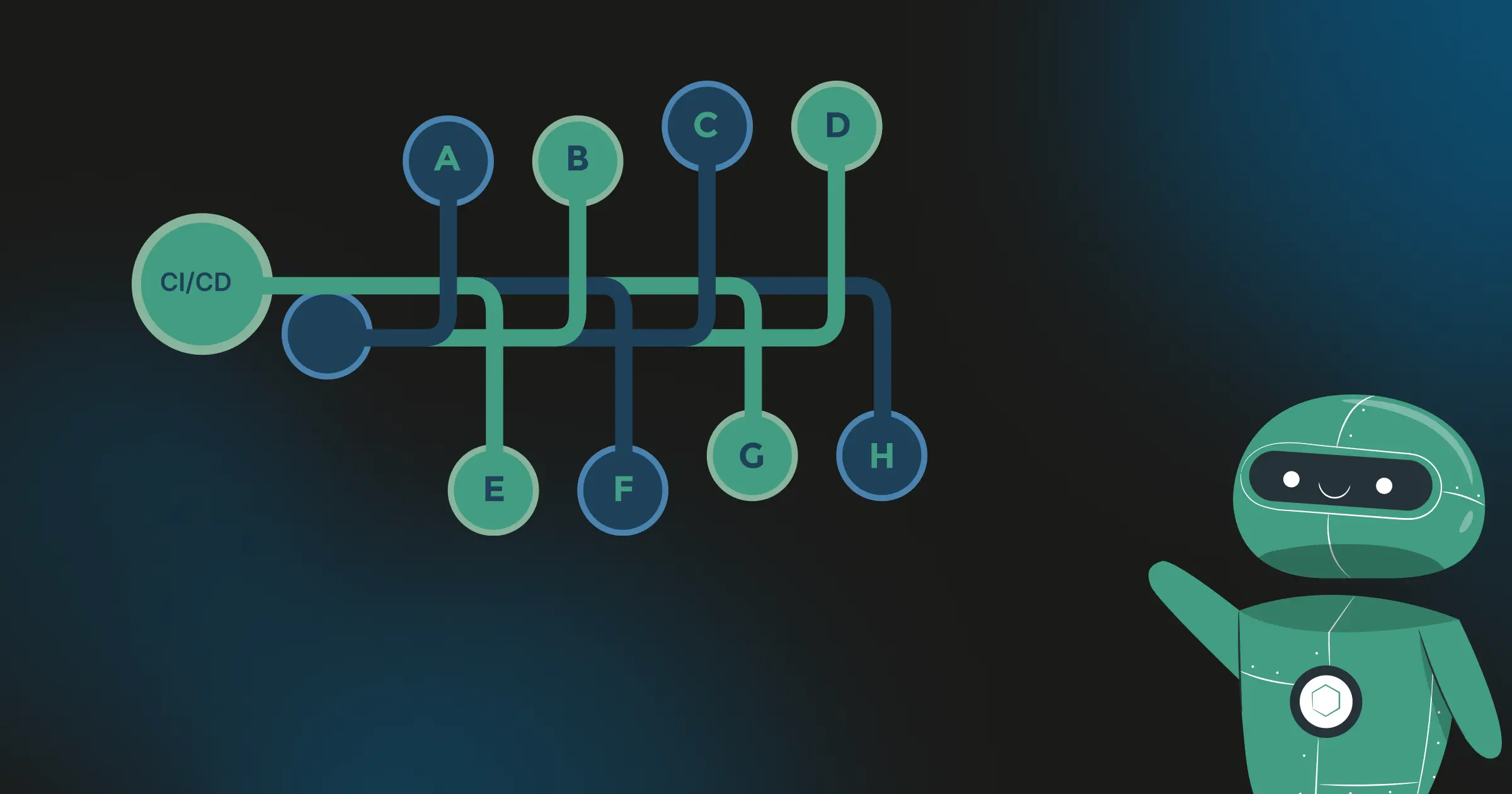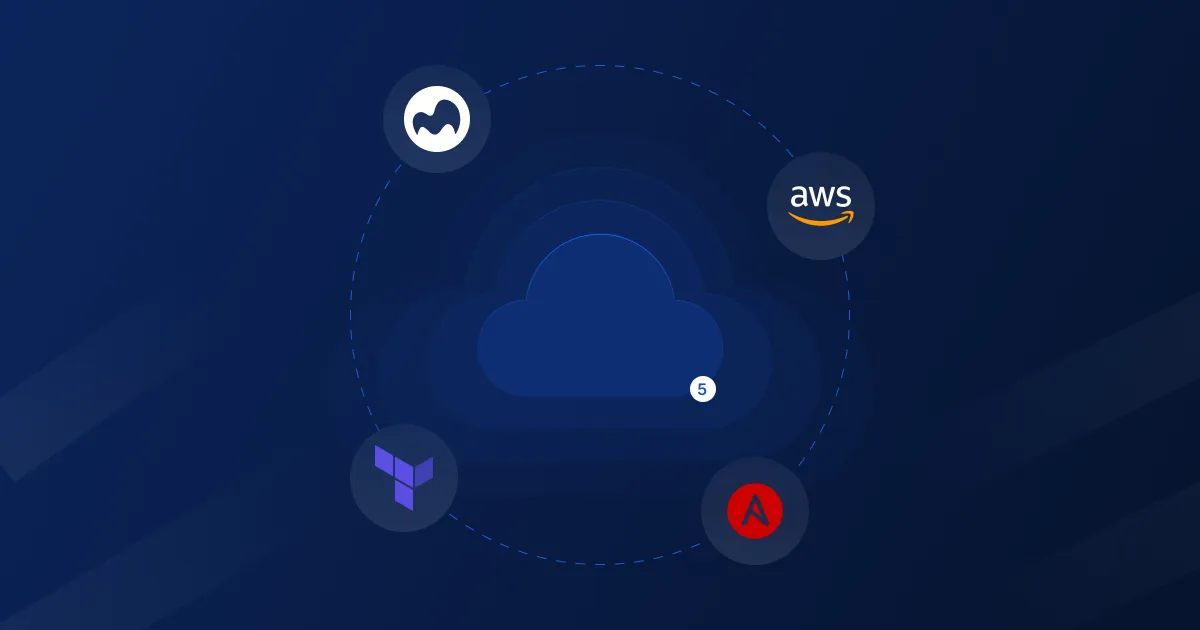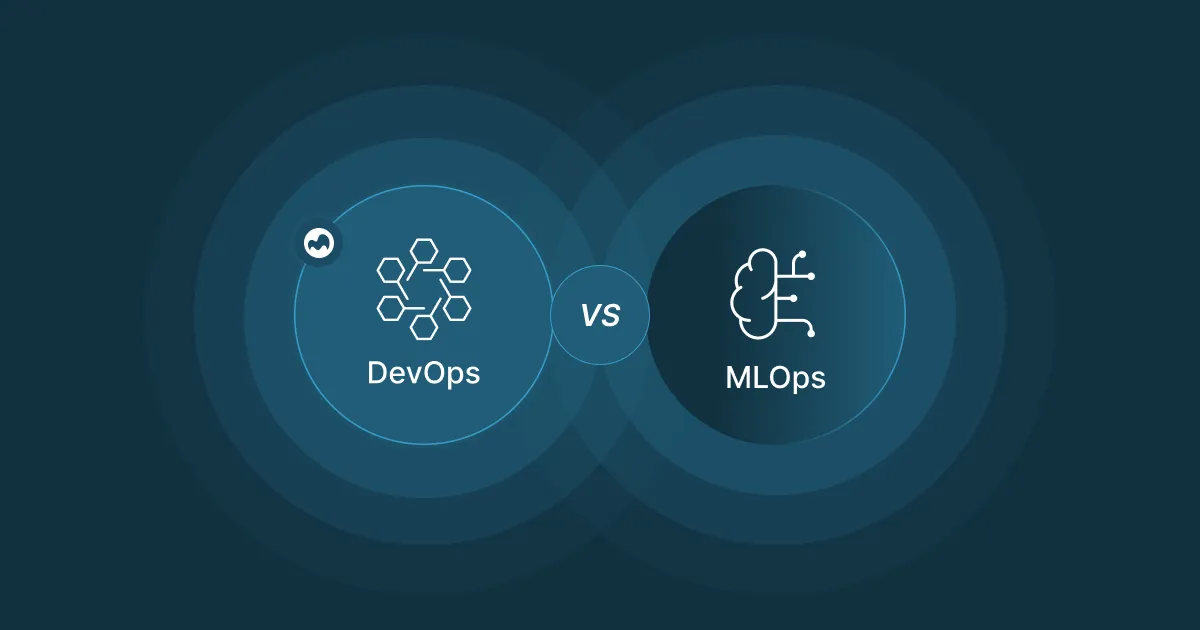Building Custom Cloud Components with CloudFormation and Terraform on Microtica

In the dynamic world of cloud infrastructure, flexibility and automation are crucial for efficient infrastructure management. Microtica, a platform designed to streamline DevOps processes, offers powerful tools for creating custom cloud components using AWS CloudFormation and Terraform. This guide will walk you through the steps and benefits of building your own components, enhancing your cloud deployment efficiency and scalability.
Introduction to Terraform and CloudFormation
What is CloudFormation?
CloudFormation is an infrastructure as code (IaC) service for AWS that helps you to design your AWS resources such as networking, storage volumes, EC2 instances, and others in a declarative language. The deployment can be automated since you can use “templates” to specify what exactly should be deployed and with which configurations.
What is Terraform?
Terraform is an infrastructure as code (IaC) tool developed by HashiCorp that allows you to define and provision infrastructure across various cloud providers such as GCP, Azure, and AWS among others, using a declarative configuration language.
Key Differences Between Terraform and CloudFormation
- Provider Support: Terraform supports multiple cloud providers, whereas CloudFormation is AWS-specific.
- Language: In contrast to Cloud Formation which uses either JSON or YAML, Terraformation is based on Hashicorp Configuration Language (HCL).
- State Management: Terraform manages the state of infrastructure, which helps track resources over time. CloudFormation does not maintain state files but relies on AWS service statuses.
- Modularity: Terraform promotes modularity through modules, while CloudFormation uses nested stacks for similar functionality.
Building Infrastructure with Terraform
Terraform enables you to define resources for any cloud provider using declarative configuration files. These configurations can be version-controlled and reused, making infrastructure management more efficient.
Terraform on AWS and GCP
Using Terraform with AWS and GCP involves creating resources like VPCs, instances, and storage buckets by defining them in .tf files. Here’s an example of a simple VPC configuration for AWS:
resource "aws_vpc" "my_custom_vpc" {
cidr_block = "10.0.0.0/16"
enable_dns_support = true
enable_dns_hostnames = true
tags = {
Name = "MyCustomVPC"
}
}
For GCP, a similar configuration might look like this:
resource "google_compute_network" "my_custom_vpc" {
name = "my-custom-vpc"
auto_create_subnetworks = "true"
}
Terraform automates infrastructure management through commands such as terraform plan, terraform apply, and terraform destroy. These commands allow you to preview changes, apply configurations, and tear down resources efficiently.
Building Infrastructure with CloudFormation
AWS CloudFormation simplifies the setup and management of AWS resources. It allows you to define resources in JSON or YAML templates, which CloudFormation uses to provision and manage resources automatically. You can create repeatable deployments, manage complex infrastructure setups, and integrate other AWS services.
Here’s an example of a simple VPC configuration using CloudFormation:
Resources:
MyVPC:
Type: AWS::EC2::VPC
Properties:
CidrBlock: 10.0.0.0/16
EnableDnsSupport: true
EnableDnsHostnames: true
Tags:
- Key: Name
Value: MyCustomVPCUsing the AWS Management Console, CLI, or SDKs, you can automate deployments and infrastructure updates across multiple AWS accounts and regions.
Comparing Terraform and CloudFormation
Terraform vs. CloudFormation
- Terraform: Best for multi-cloud environments, complex dependencies, and when using a broader range of providers.some text
- Advantages: Multi-cloud support, strong community, modularity.
- Disadvantages: Requires managing state files, learning curve for HCL.
- CloudFormation: Ideal for AWS-centric environments and deep integration with AWS services.some text
- Advantages: Seamless AWS integration, no state file management.
- Disadvantages: AWS-specific, less flexibility in modularity compared to Terraform.
What are Cloud Components?
Cloud components are modular, reusable pieces of cloud infrastructure. Think of them as building blocks that can be combined to create complex architectures. By defining custom components, you can encapsulate best practices, enforce standards, and simplify management.
Why Use Microtica for Custom Components?
Microtica integrates seamlessly with AWS and Google Cloud Platform (GCP), allowing you to manage infrastructure as code (IaC) with ease. Key benefits include:
- Simplified Management: Centralize your infrastructure configurations and streamline deployments.
- Reusability: Create reusable components to enforce consistency across multiple projects.
- Scalability: Easily scale your infrastructure by leveraging automation and predefined templates.
- Collaboration: Enhance team collaboration with shared component libraries and version control.
Getting Started with Microtica
Prerequisites
Before diving into custom component creation, ensure you have:
- A Microtica account
- Basic knowledge of AWS CloudFormation or Terraform
- AWS or GCP account with necessary permissions
Step-by-Step Guide
1. Define Your Component
Start by defining the infrastructure you need. For example, you can use the previously defined custom VPC component using CloudFormation:
Resources:
MyVPC:
Type: AWS::EC2::VPC
Properties:
CidrBlock: 10.0.0.0/16
EnableDnsSupport: true
EnableDnsHostnames: true
Tags:
- Key: Name
Value: MyCustomVPC
For Terraform, we had the following definition:
resource "aws_vpc" "my_custom_vpc" {
cidr_block = "10.0.0.0/16"
enable_dns_support = true
enable_dns_hostnames = true
tags = {
Name = "MyCustomVPC"
}
}
Or you can use Microtica’s predefined component generator for custom cloud templates that will define a CF or Terraform file in your connected git repository, which then you’ll be able to redefine and tailor to your specific need.
2. Upload to Microtica
Log in to your Microtica account and navigate to the Templates section in the left-side menu. Create a new component using one of the predefined flows: Custom AWS Component with CloudFormation, Custom AWS Component with Terraform or Custom GCP Component with Terraform. Follow the app process to create a blank template or upload your CloudFormation or Terraform template. Microtica will validate the template and provide feedback if there are any issues.

3. Configure Parameters
Microtica allows you to define parameters for your component, making it adaptable to different environments. For instance, you can parameterize the CIDR block or tag values.
4. Deploy Your Component
Once configured, deploy your custom component. Microtica provides a visual interface to monitor the deployment process, ensuring everything is set up correctly.
5. Reuse and Share
Your custom component is now available in the Microtica library. You can reuse it across projects or share it with your team, promoting consistency and collaboration.
Benefits of Custom Components
Enhanced Efficiency
By creating reusable components, you significantly reduce the time spent on setting up and configuring infrastructure. Automation handles repetitive tasks, allowing you to focus on more strategic initiatives.
Improved Consistency
Standardized components ensure that infrastructure is set up in a consistent manner across different environments. This reduces the risk of configuration drift and simplifies troubleshooting.
Scalability and Flexibility
Custom components can be easily scaled up or down based on demand. Additionally, parameterized components provide the flexibility to adapt to different project requirements without modifying the core configuration.
Collaboration and Knowledge Sharing
Teams can share components, fostering a culture of collaboration and continuous improvement. Version control helps track changes and maintain a history of modifications, ensuring transparency and accountability.
Conclusion
Building custom cloud components with AWS CloudFormation or Terraform on Microtica empowers your team with efficiency, consistency, and scalability. By leveraging these tools, you can streamline your infrastructure management and focus on delivering value to your users. Start creating your custom components today and experience the benefits of automated, reusable cloud infrastructure.
Subscribe to receive the latest blog posts to your inbox every week.
*By subscribing you agree to with our Privacy Policy.

Relevant Posts



